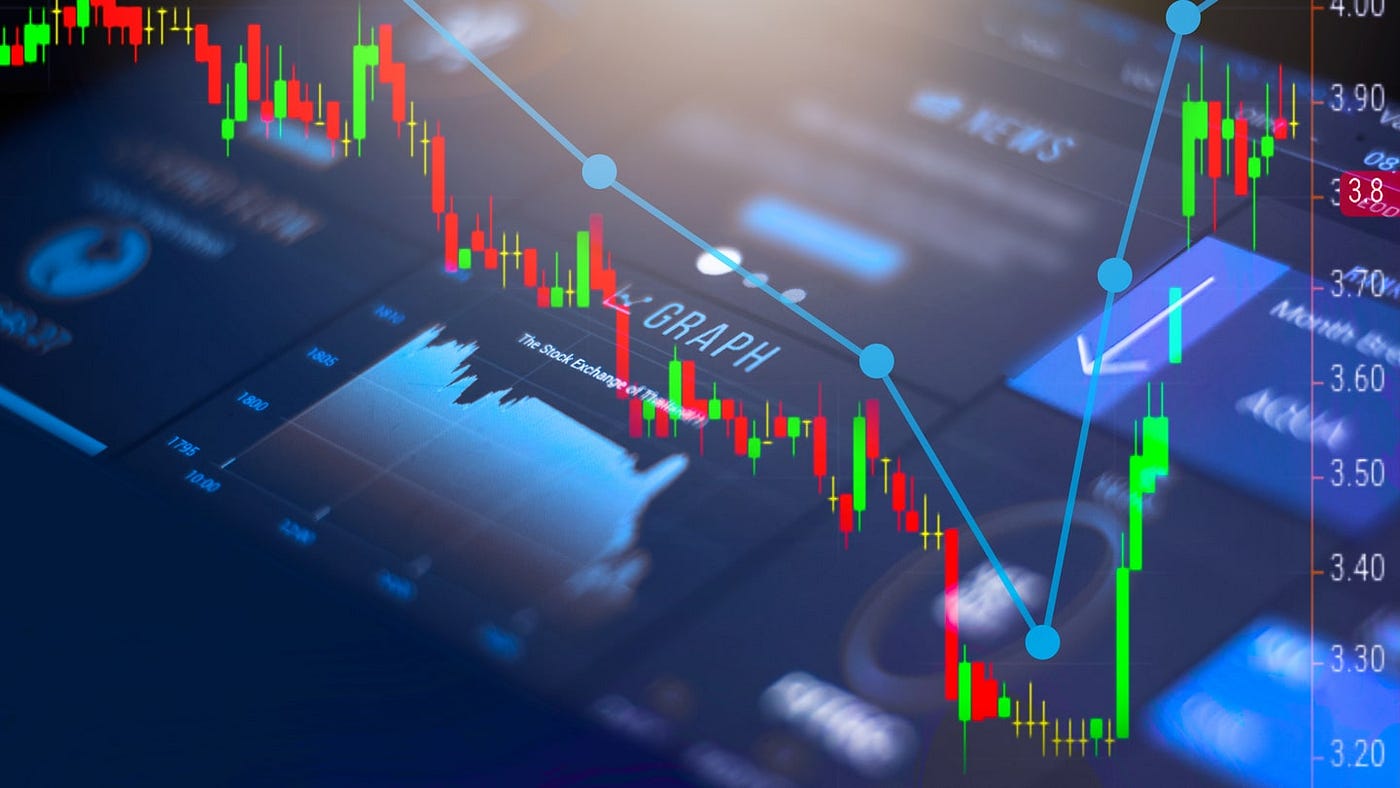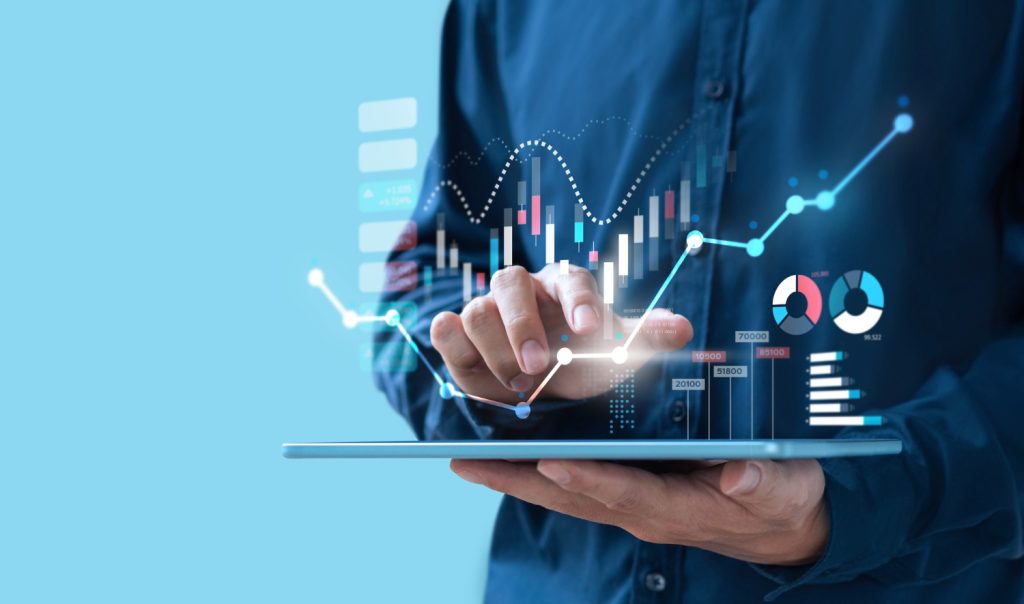Forex trading platforms have become indispensable tools for traders looking to stay ahead in the dynamic and fast-evolving world of currency markets. Leveraging advanced technology, forex trading platforms provide traders with smart features that enhance their ability to analyze, engage, and succeed in the Forex market.
Streamlined Access to Global Markets
Forex trading platforms simplify the complexities of engaging in global markets, offering users real-time access to currency data from across the world. With instant connectivity, traders can seamlessly monitor price fluctuations and execute trades efficiently, ensuring they capitalize on market opportunities without delays.
Sophisticated Analytical Tools
Accurate analysis is the backbone of successful Forex trading. Modern trading platforms come equipped with an array of analytical tools that provide in-depth insights into market trends and price movements. From advanced charting options to technical indicators, these tools enable traders to make informed decisions, reducing the risk of impulsive actions and increasing potential profitability.
Customizable Interface for Enhanced Usability
Every trader has unique strategies and preferences. Forex trading platforms offer customizable interfaces that allow users to tailor their dashboards and tools to match their specific trading styles. This personalization empowers traders to focus on their priority metrics, improving their overall trading experience and efficiency.
Automation for Effortless Trading
Time and precision are critical in Forex trading. Automation features, such as algorithmic trading and customizable alerts, reduce the effort required to monitor the market constantly. Automated systems can execute trades based on pre-set criteria, enabling traders to take advantage of opportunities even when they are away from their screens.
Seamless Risk Management
Risk management is key to long-term success in Forex trading. Platforms are designed with built-in risk management features that help users set stop-loss and take-profit limits. These tools provide traders with a structured approach to managing potential losses while maximizing gains, ensuring strategies align with financial goals.
Engaging with the Forex market has never been more accessible or efficient. By utilizing a platform that incorporates smart features, traders can optimize their market interaction, stay informed with real-time tools, and transform opportunities into tangible outcomes.


